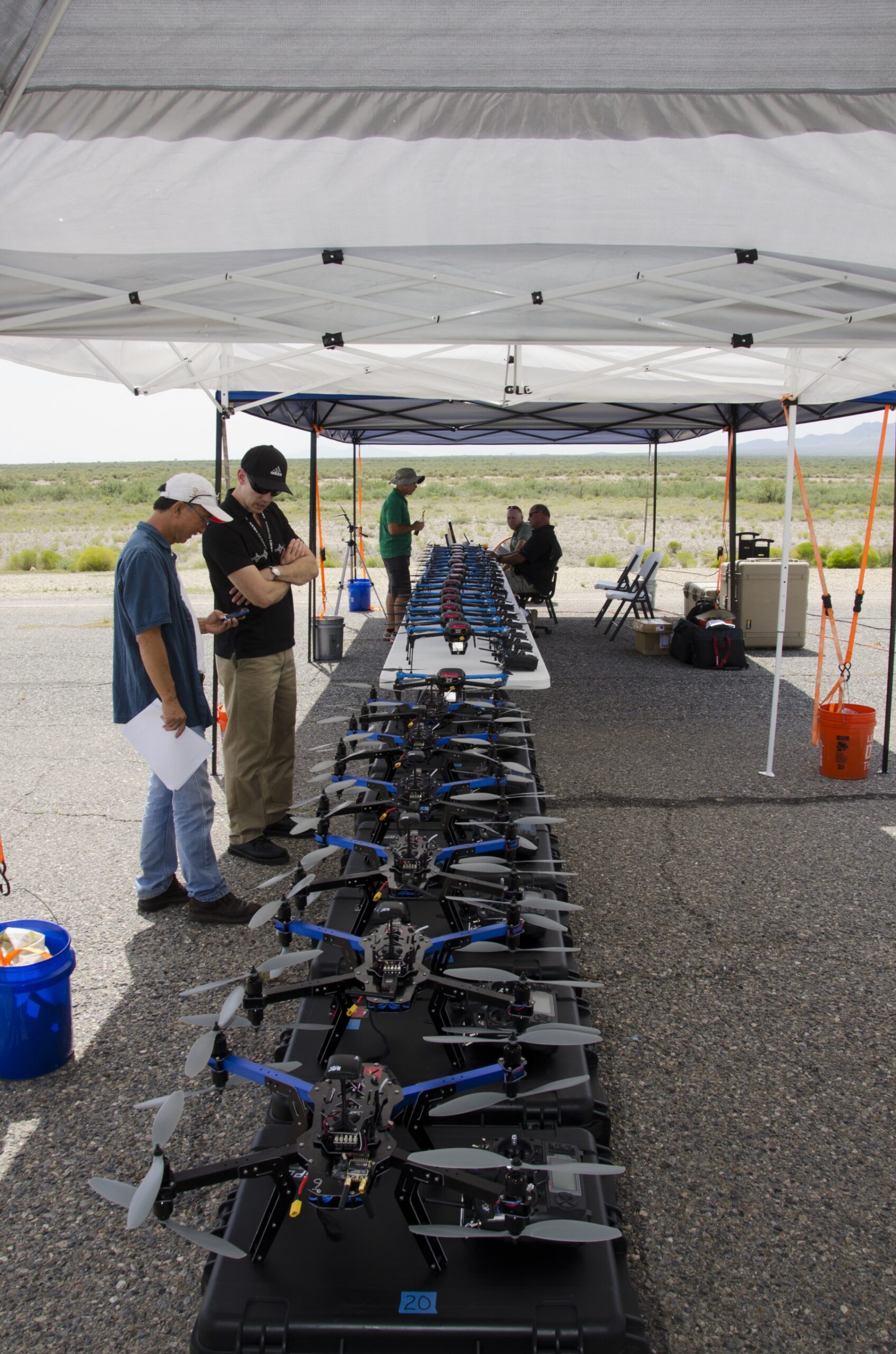There are a variety of problems involving nuclear power and water. One big issue is the fact that bodies of water are becoming too hot in some cases to be used to cool nearby nuclear reactors. Another problem is simply falling levels of water that are needed for cooling. Major hurricanes that might damage nuclear power plants are a third concern. Today, I am going to address a problem that just came to my attention.
Effluents containing radioactive particles are discharged into the ocean around the world from nuclear power plants, nuclear fuel fabrication facilities and nuclear fuel reprocessing facilities. These radioactive materials can be carried ashore in airborne spray and micro-droplets called marine aerosols. Flooding in such coastal areas would also carry radioactive materials onto the shores. In such places on coasts where the prevailing winds blow onto the shore, the problem is exacerbated.
The U.K. Atomic Energy Agency carried out research on this subject around 1980 in cooperation with the nuclear industry and pro-nuclear groups. They studied the sea to land transfer of five radionuclides including alpha emitters plutonium-238, plutonium-239, plutonium-240, americium-241 and beta emitters cesium-134 and cesium-137. They found that all five of these radionuclides were being carried onto shore by the wind blowing off the ocean.
In winds of less than twenty-two miles per hour, cesium was taken up in spray and marine aerosols and moved onto land. The amount of cesium in the spray and aerosol was about double that of normal ocean spray and aerosols. On the other hand, the level of alpha emitting plutonium and americium in the studied areas were hundreds of times higher than in uncontaminated sea water. These alpha emitters adhered to micro particles of sedimentary and organic materials that are normally suspended in the marine water column. They were ejected into the atmosphere both as aerosols both by bursting bubbles and the surf line along the coast.
Once this behavior of radioactive particles in the sea was confirmed, the research was stopped. Since then, no empirical studies have been carried out by “official” U.K. agencies into inland penetration of radioactive spays and aerosols as well as human exposure to these radioactive materials. There are over seventy different radionuclides discharged into the sea from U.K. nuclear facilities but only these five radionuclides were ever studied.
Airborne radioactive materials can travel up to ten miles inland. Human populations in these areas can inhale the particles. There is also a danger of human consumption of these radioactive materials where there are dairy and beef raising operations near the sea. Such materials could also be consumed from crops grown in these areas. Studies in the area of Sellafield in the U.K. show that people who eat local produce have higher levels of cesium-137 in their blood than people in the same area who eat non-local produce. People in these areas may even receive more cesium-137 from local produce that from sea food taken from the sea in that area.
It is logical to assume that the findings of the research in the U.K. also applies to the transport of radionuclides effluences in ocean spray and marine aerosols anywhere in the world where there are prevailing onshore winds near coastal nuclear facilities. However, there has been no other widely disseminated research on this subject anywhere other than the 1980 work U.K. It appears that the promoters of nuclear power and the regulatory government agencies around the world are not particularly interested in such research because it might upset the public.
Blog
-

Radioactive Waste 381 – Radioactive Effluents From Nuclear Facilities On Coasts Are Blown Back Onto Land By Prevailing Winds
-

Geiger Readings for Feb 18, 2019
Ambient office = 86 nanosieverts per hour
Ambient outside = 150 nanosieverts per hour
Soil exposed to rain water = 151 nanosieverts per hour
Broccoli from Central Market = 126 nanosieverts per hour
Tap water = 67 nanosieverts per hour
Filter water = 64 nanosieverts per hour
-

Geiger Readings for Feb 17, 2019
Ambient office = 73 nanosieverts per hour
Ambient outside = 112 nanosieverts per hour
Soil exposed to rain water = 113 nanosieverts per hour
Carrot from Central Market = 95 nanosieverts per hour
Tap water = 105 nanosieverts per hour
Filter water = 95 nanosieverts per hour
-

Geiger Readings for Feb 16, 2019
Ambient office = 101 nanosieverts per hour
Ambient outside = 128 nanosieverts per hour
Soil exposed to rain water = 128 nanosieverts per hour
Cauliflower from Central Market = 90 nanosieverts per hour
Tap water = 80 nanosieverts per hour
Filter water = 66 nanosieverts per hour
Dover sole – Caught in USA = 113 nanosieverts per hour
-

Nuclear Weapons 374 – Drone Swarms And Nuclear Warfare – Part 2 of 2 Parts
Part 2 of 2 Parts (Please read Part 1 first)
Drone swarm technology could enhance or diminish the success of nuclear delivery systems depending on how they are deployed by either attacker or defender. The idea of mutually assured destruction (MAD) has been the basis of nuclear strategy for decades. In order for MAD to be successful, a nuclear first strike must be survivable by the victim so that the victim can successfully retaliate.
Nuclear threats are less credible if a potential victim is confident that they can defeat an incoming nuclear attack. If an aggressor believes that their nuclear weapons systems can be defeated by a potential enemy, they might be inclined to develop and deploy more sophisticated nuclear delivery systems. They could also act more aggressively in potential conflicts. Such issues are the basis of Russia concerns about U.S. ballistic missile defense system proposals. These same issues are also the reason for the development of the triad of nuclear warhead delivery systems.
It is an open question whether drone swarms will be more successful for nuclear offense or nuclear defense. From a purely theoretical point of view, new technologies that can be used to counter nuclear warhead delivery systems would be more disruptive to the balance of nuclear weapons than technologies which merely improved the delivery of nuclear warheads. Nuclear weapons are already capable of horrendous damage. This makes it is unlikely that any improvements in delivery systems and destructive capability of nuclear weapons would result in any major change to planning for nuclear warfare.
North Korea only has primitive nuclear weapons and delivery systems and yet they already pose a significant threat to the U.S. Minor improvements in N.K. nuclear arsenal and delivery systems would have little impact on U.S. concerns and planning for potential attacks by N.K. Ultimately, while drone swarms might improve nuclear attacks, they will probably be more useful for nuclear defense.
It is inevitable that sophisticated drone swarm defense systems will coevolve with drone swarm technology. The major vulnerability of drone swarms lies in their need for reliable communication to coordinate their activities. If those communications can be jammed or hijacked, then the swarm would fall apart into a cloud of individual drones that would be easier to deal with. Powerful encryption systems will be needed to avoid the compromise of drone to drone communication. More powerful transmitters and more sensitive receivers will be needed to overcome jamming. This means that drones will have to be heavier with greater power systems. This will increase the cost of the swarms.
Offensive drones will need to be more powerful with much longer ranges than defensive drones. They will have to fly over enemy territory and evade defenses that will be developed to be used against enemy drone swarms. They will have to carry more fuel, munitions and counter measures that defensive drones over friendly territory will not need. This will require that they be bigger and heavier than defensive drones. This will make them more vulnerable to enemy drone defenses.
It is inevitable that drone swarms will soon be used for both offense and defense. There will be rapid development of such drones as technologies compete and developments leapfrog each other. Time will tell whether or not drones swarms prove themselves in battle. -

Geiger Readings for Feb 15, 2019
Ambient office = 126 nanosieverts per hour
Ambient outside = 93 nanosieverts per hour
Soil exposed to rain water = 93 nanosieverts per hour
Red bell pepper from Central Market = 105 nanosieverts per hour
Tap water = 116 nanosieverts per hour
Filter water = 107 nanosieverts per hour
